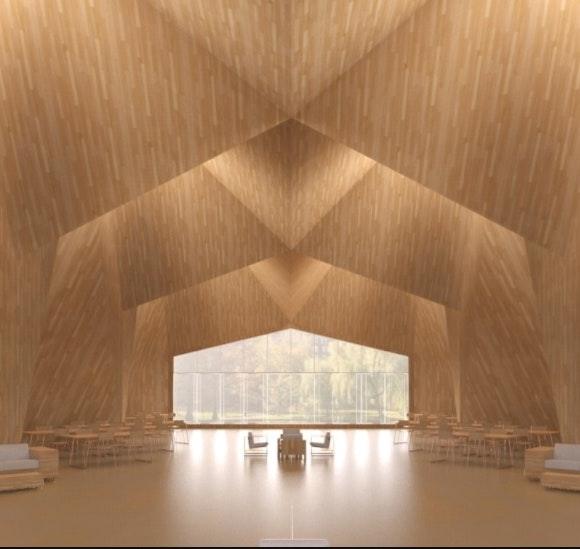Our Forests as a Natural Climate Solution
Highstead Foundation report New England’s Climate Imperative: Our Forests as…
On this page, visitors will find NEFF’s standard definition of Exemplary Forestry, a glossary of forestry terms used in Exemplary Forestry reports and in its standards and metrics, videos about forestry and climate-smart wood, and all PDF Exemplary Forestry reports and accompanying documentation.
Exemplary Forestry is a forest management approach created by New England Forestry Foundation (NEFF) that prioritizes forests’ long-term health and outlines the highest standards of sustainability currently available to the region’s forest owners for three key goals: enhancing the role forests can play to mitigate climate change, improving wildlife habitat and biodiversity, and growing and harvesting more sustainably produced wood. NEFF’s Exemplary Forestry approaches—Exemplary Forestry for the Acadian Forest and Exemplary Forestry for Central and Transition Hardwoods—are tailored to the conditions of a particular New England forest region or forest type.
For readers unfamiliar with the technical aspects of forestry and how forestry impacts climate change, this glossary of terms as used by NEFF may prove useful when reading the Exemplary Forestry standards and accompanying materials.
NEFF staff provided the definitions marked by an asterisk, and all other definitions were taken from Thom J. McEvoy’s Introduction to Forest Ecology and Silviculture-Third Edition.
Note: Dbh is an abbreviation for “diameter at breast height,” or 4.5 feet above ground.
Leakage is the spillover of in-forest carbon sequestration gains and losses from one economic market to another, given that the wood products we all use have to come from somewhere. If the United States or a region in the U.S. reduced the amount of wood it produced, any progress we claimed to make in reducing global atmospheric CO2 levels by storing more carbon in our unharvested trees would, in practice, be eclipsed by CO2 emissions from other forestry markets that increased harvesting to meet our unchanged demand for wood products.*
Learn how sustainable wood produced by climate-smart management approaches like Exemplary Forestry make mass timber a particularly powerful tool in the fight against climate change. Viewers can also discover how mass timber is assembled, and how it stores carbon.

A sibling initiative to NEFF’s Forest-to-Cities Climate Challenge, Build It With Wood and its standalone website provide in-depth resources for experts like construction firms and forestland owners. Members of the general public are also encouraged to explore the website, and to help us build a climate-secure future with wood.